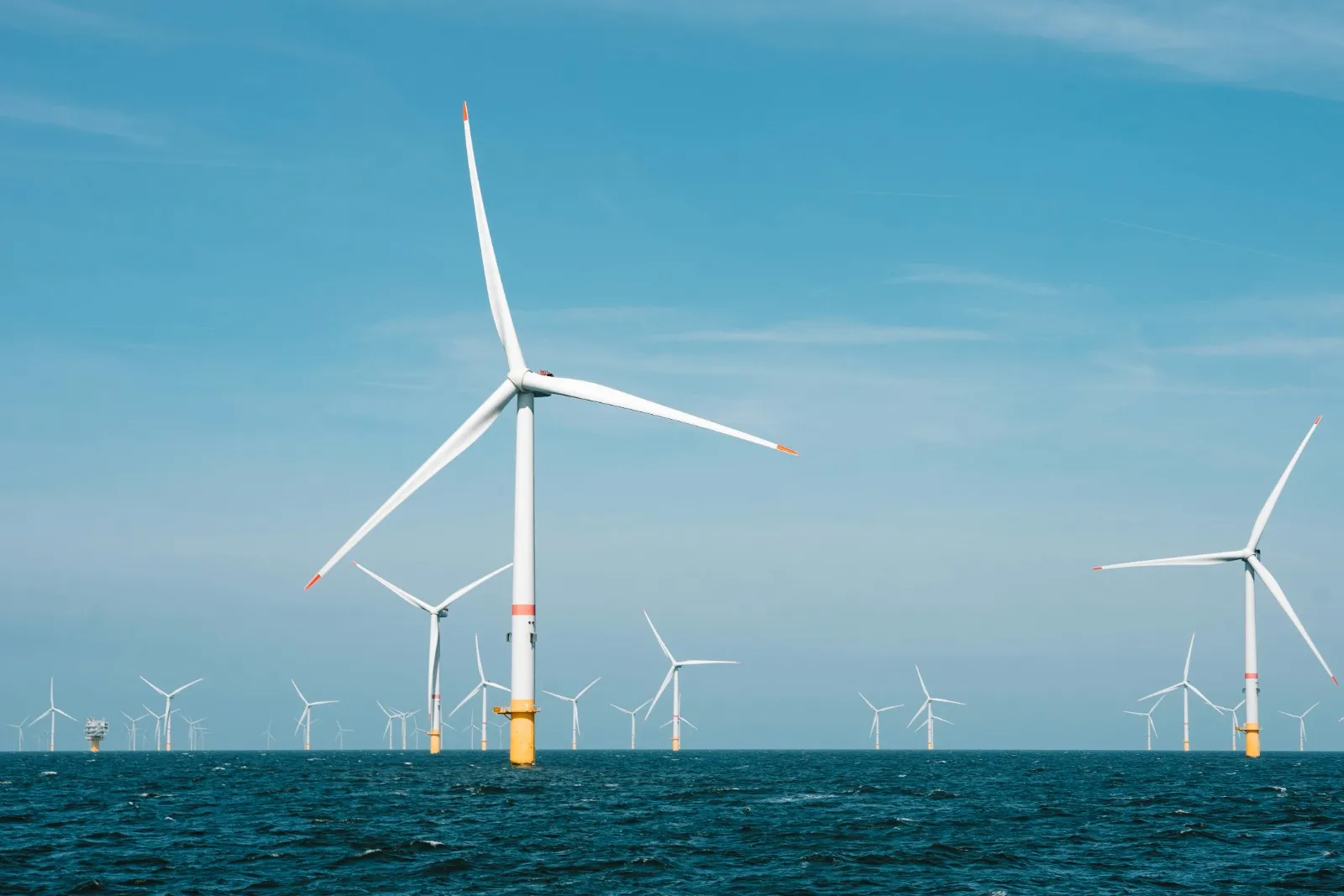How can we bridge the gap until the energy transition?

By Paul Noonan, Lead Copywriter
The EU was long heralded as the world leader in renewables yet it is now reviving fossil fuel projects and even reopening coal power plants in the wake of an unprecedented energy security crisis. Russia’s recent strangulation of natural gas supplies to the EU means the dilemma of how to build an affordable, secure ‘bridge’ to the energy transition has once again reared its head. And the global renaissance of oil and gas production has now left many fearing that the Ukraine crisis has heralded a permanent return to fossil fuels that could undo the progress of COP26.
The collapse of the bridge to renewable energy
The EU’s rush to renewables relied heavily on interim imports of natural gas as a bridge to the energy transition, yet this bridge is now collapsing under a perfect storm of circumstances. The closure of much of the EU’s coal power capacity meant replacing a domestically produced dispatchable energy source with natural gas to fill the gaps from fluctuations in wind or solar supply. This left Europe uniquely vulnerable to the trifecta of a 15% slump in global windspeeds that slowed wind power production, a post-pandemic surge in energy demand from Asia and geopolitical conflict with its major gas supplier Russia. And analysts warn that we are still a decade away from having enough green hydrogen, utility-scale batteries or carbon capture utilisation and storage to fill in for fluctuations in wind and solar. With Europe still reliant on Russia for 20% of its gas, there is now an urgent imperative for other short-term solutions to fill the void.
European countries have signed new deals to import natural gas from Qatar, Algeria and Egypt and new fossil fuel projects and pipelines are being revived across Africa. Yet there is a fear that, far from being a bridge to renewable energy, new fossil fuel projects could become a permanent bridge to nowhere. Some have warned the rash of new fossil fuel projects will either lock in global warming forever or leave an array of massive, stranded assets as the tide of demand recedes in favour of renewables.
An alternative path to renewable energy
Yet could there be an alternative bridge to the transition that avoided the need for long-term fossil fuel production or expensive new assets while alleviating the current energy security crisis?
New lean engineering innovations such as portable Mobile Offshore Production Units (MOPUs) now enable short-term development of small oil and gas fields in shallow waters without the need for permanent platforms. These low-cost solutions could make it economically viable to develop marginal fields in regions such as Africa with abundant shallow water sites, fulfilling our short-term energy needs until renewable storage solutions are ready.
And countries from Angola to Nigeria have also been using lightweight Minimum Facilities Platforms or Conductor Supported Platforms as a low-cost way to develop oil and gas fields at speed without huge conventional jacketed support structures. Their lean design means they can be manufactured and assembled without big facilities or fleets, reducing lifecycle emissions. And these modular, modifiable designs could even be adapted for future offshore wind applications, creating a circular economy of assets that provides both today’s energy supplies and tomorrow’s renewable energy replacements.
And in the downstream market, digital twins, data analytics and machine learning systems are enabling refineries to reduce downtime, extend their lifetime and safely scale up production. This could help existing refineries boost output without building new ones until the energy transition is complete. Similar technologies are being used to extend the lifespan of existing offshore oil and gas platforms without building replacements, freeing up capex for investment in offshore renewables. Meanwhile in the renewables industry, innovations from carbon capture and storage to green hydrogen could provide the large-scale storage needed to accelerate the transition.
The key is to ally these innovations with a strong communications campaign that promotes how technology can both aid future decarbonisation and provide a smooth and swift transition to clean energy.

